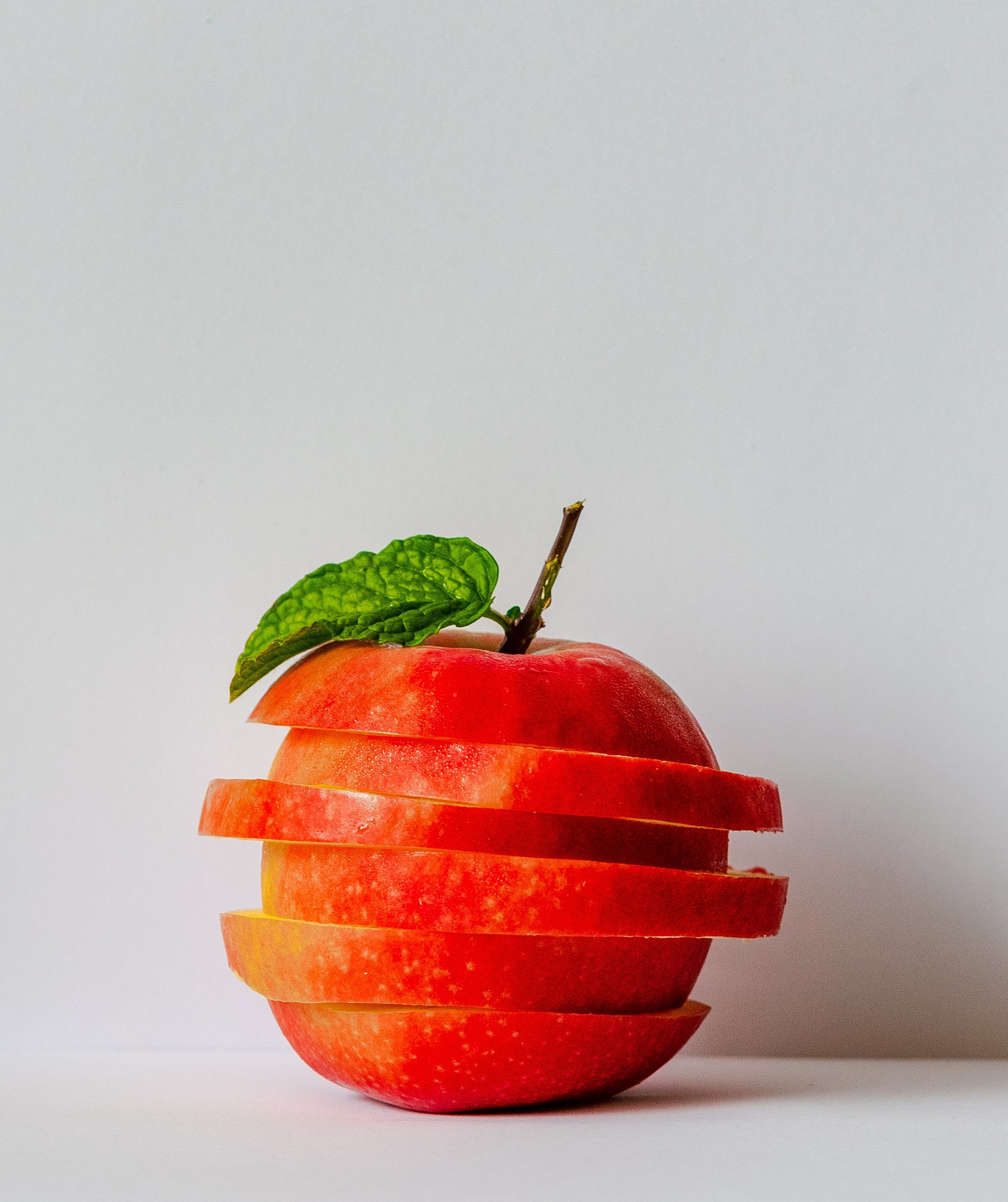Recipe of the Week - Spinach Dip Stuffed Mushrooms
/If you love Spinach Dip and Stuffed Mushrooms, you'll love these easy Spinach Dip Stuffed Mushrooms, a delicious hot appetizer!
INGREDIENTS
Olive oil spray
1 ½ pounds baby bella mushrooms, or larger white mushrooms for stuffing
Kosher salt
Freshly ground black pepper
10 ounces frozen chopped spinach, thawed and excess liquid squeezed out
4 ounces cream cheese, 1/2 block
½ cup freshly grated parmesan cheese, plus 2 tablespoons for topping
1 cup part-skim mozzarella cheese
¼ cup chopped scallions, plus extra (optional) green for garnish
2 cloves garlic, minced
¼ cup light sour cream
2 tablespoons Italian seasoned breadcrumbs, or gluten-free panko
INSTRUCTIONS
Preheat oven to 400F. Spray 2 sheet pans with oil and set aside.
Gently remove the stems from the mushrooms and place stem-side down on the sheet pan.
Spray with olive oil and sprinkle with 2 pinches of salt and pepper, to taste.
Finely chop stems and place them in a large mixing bowl.
To the large bowl, add the spinach, cream cheese, ½ cup parmesan cheese, mozzarella, scallions, garlic, sour cream, ¼ teaspoon salt and pepper to taste. Mix with a fork to thoroughly combine.
Flip mushrooms stem-side up and stuff each mushroom with about 1 tablespoon filling, depending on the mushroom size, pressing mixture into the cavity of the mushroom and a small mound on top.
In a small bowl, combine the breadcrumbs and remaining 2 tablespoons parmesan cheese.
Top each stuffed mushroom with a sprinkle of breadcrumb mixture, gently spray tops with olive oil and bake for 25-30 minutes, rotating pans halfway through cooking to allow for even browning.
Allow to cool slightly and with a spatula, transfer to serving platter to serve warm or at room temperature.
Nutrition Information
Serving Size: 3 Medium Stuffed Mushrooms
Calories: 105
Carbohydrates: 5g
Protein: 7g
Fat: 7g
Saturated Fat: 4g
Cholesterol: 20mg
Sodium: 219mg
Fiber: 1g
Sugar: 2g












